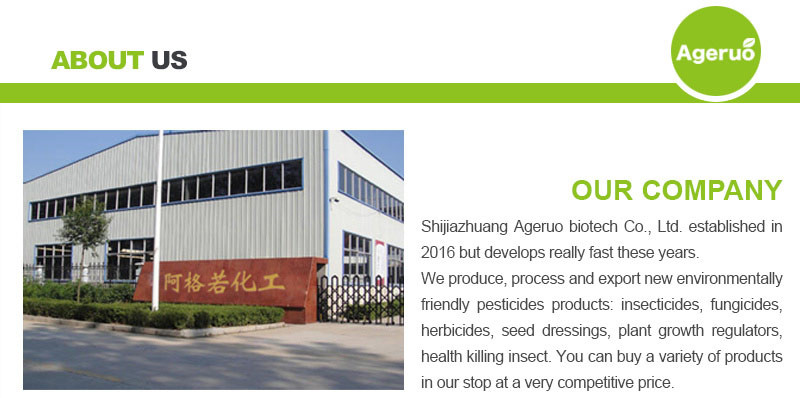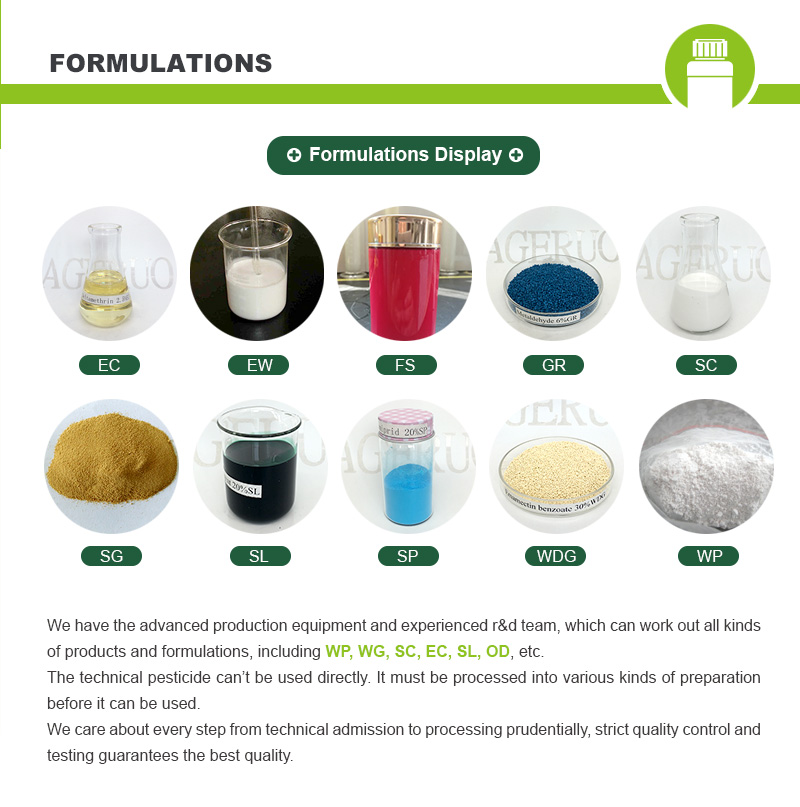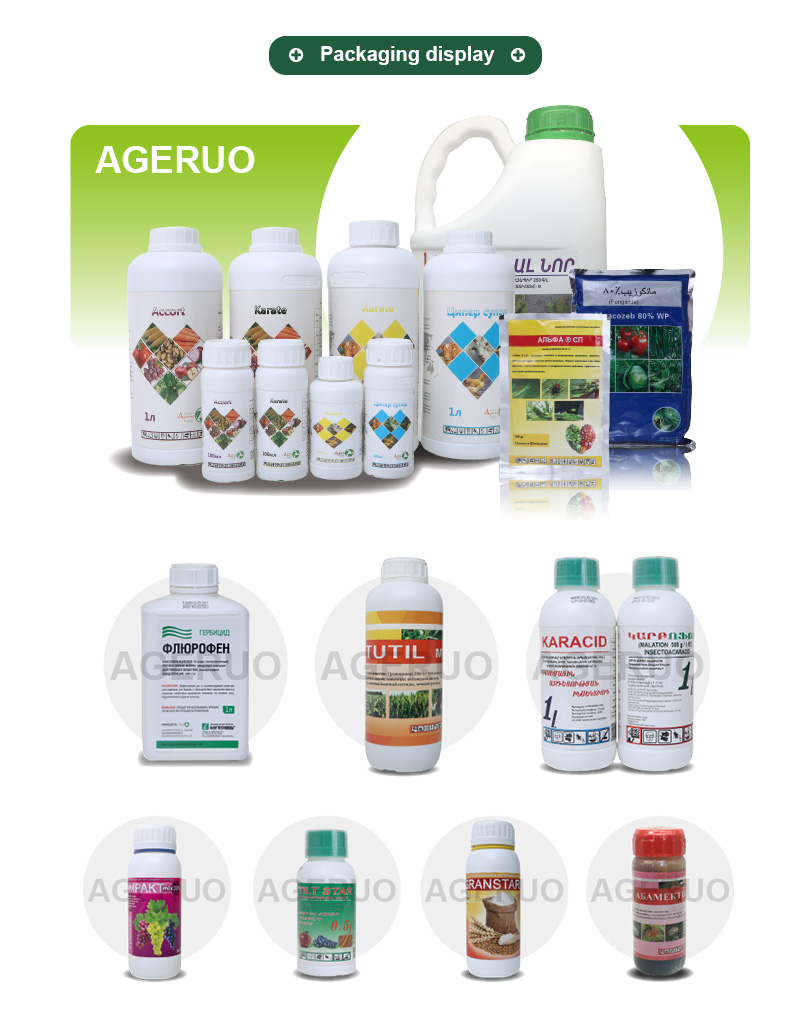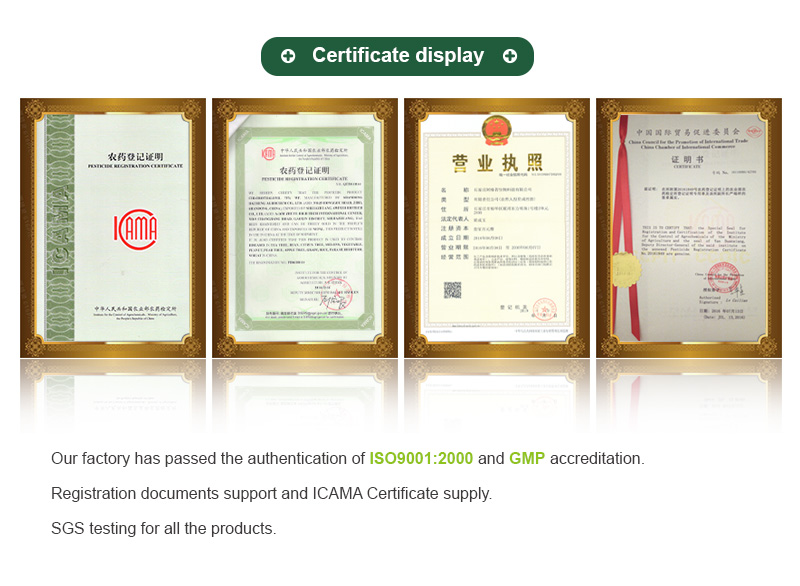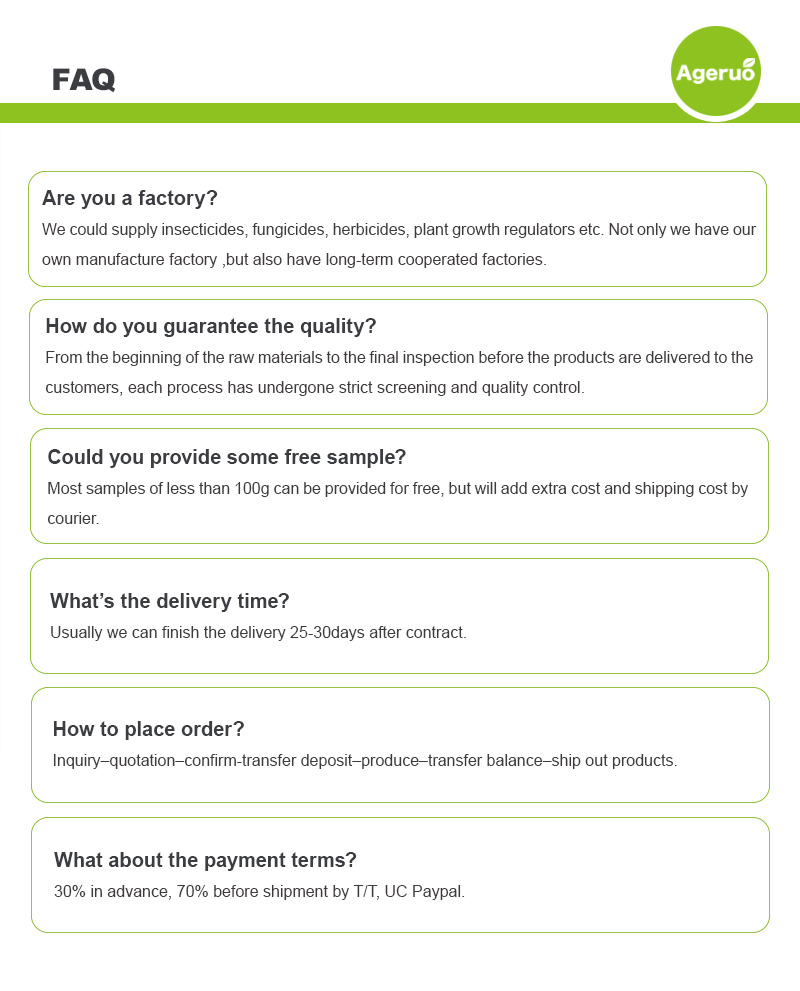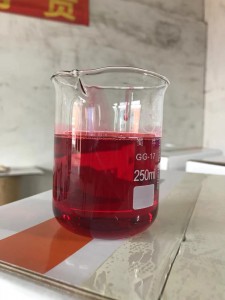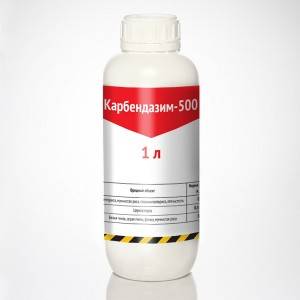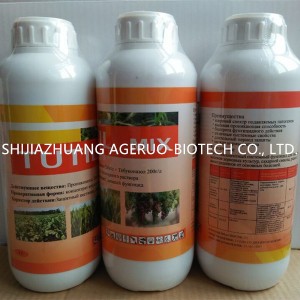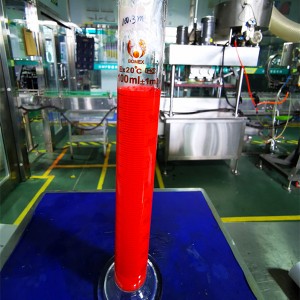Isoprothiolane 40%EC 97%TC Fungicide | Agriculture Chemicals
Isoprothiolane
Isoprothiolane is a phosphorothioate compound with the chemical name diisopropyl 1,3-dithiolan-2-ylidenemalonate, which controls diseases by inhibiting the biosynthetic pathway of fungi. Its unique molecular structure allows it to effectively penetrate the plant and provide long-lasting control.
Isoprothiolane was first developed and used in Japan in 1975. Since then, it has been widely used worldwide, especially in rice-growing regions of Asia. Its high efficiency and broad-spectrum nature make it an important tool in the control of a wide range of rice diseases.
In rice cultivation, rice blast is one of the major diseases affecting yield and quality, and Isoprothiolane effectively controls rice leaf blast and ear and neck blight by inhibiting the synthesis process of the pathogenic fungi, ensuring healthy growth and high yields. In addition, Isoprothiolane has potential application in the control of other crops.
| Active ingredients | Isoprothiolane |
| CAS Number | 50512-35-1 |
| Molecular Formula | C12H18O4S2 |
| Classification | Fungicide |
| Brand Name | Ageruo |
| Shelf life | 2 Years |
| Purity | 400g/L |
| State | Liquid |
| Label | Customized |
Mechanism of action
Isoprothiolane inhibits the growth and reproduction of pathogenic fungi to prevent diseases. Specifically, it can effectively inhibit the synthesis of fungal cell walls, resulting in the loss of structural integrity of the fungal cells, which ultimately leads to their death. This mechanism makes it highly effective in the control of a wide range of fungal diseases.
Isoprothiolane has excellent systemic activity and is able to conduct through the leaves and roots for uniform distribution in the plant for effective disease control. Its systemic activity not only improves the control effect, but also prolongs the efficacy period of the agent, reducing the number of applications and labor intensity of farmers.
Agricultural application
Control of rice blast (Pyricularia oryzae)
Isoprothiolane is mainly used for the control of rice blast, especially the disease caused by Pyricularia oryzae. Rice blast is one of the major diseases affecting the yield and quality of rice, and by using Isoprothiolane, the disease can be effectively reduced to safeguard the yield and quality of rice.
Managing Rice Stem Rot and Fusarium Leaf Spot
In addition to rice blast, Isoprothiolane is also effective in controlling rice stem rot and Fusarium leaf spot. These diseases also have a significant impact on rice yield and quality, and by using Isoprothiolane, farmers can effectively manage these diseases to ensure healthy rice growth.
Reducing rice fly populations
Isoprothiolane, when applied as a foliar spray, also significantly reduces the number of rice fly. Rice fly is one of the major pests of rice, and by reducing its population, it can indirectly protect rice from other diseases and further improve the yield and quality of rice.
Advantages of Isoprothiolane
High efficiency against rice blast
Isoprothiolane has highly efficient preventive and therapeutic effects on rice blast. It not only inhibits the growth of pathogenic bacteria, but also repairs damaged rice tissues, significantly reducing the impact of the disease on rice and safeguarding the yield and quality of rice.
Low risk of resistance
No resistance to Isoprothiolane has been observed in rice blast bacteria since its introduction. This demonstrates its stability and reliability in long-term use, and farmers can be assured of long-term use without worrying about the development of resistance by pathogenic bacteria.
Enhanced plant growth and yield
Isoprothiolane also has plant growth regulating (PGR) activity, which promotes the secretion of plant hormones and enzymes to increase root vigor and nutrient translocation in rice, thereby enhancing grain yield and quality. This allows it to control diseases while promoting overall rice growth and development.
Safety
Isoprothiolane has low toxicity to mammals, aquatic organisms and wildlife and meets environmental and safe use criteria. Its low toxicity makes it safer for use in agricultural production and reduces negative impacts on the environment and non-target organisms.
Guidelines for use
Application Methods
Isoprothiolane is usually applied to rice fields as a spray. It is recommended that applications be made at the beginning of the disease to ensure optimal control. During application, uniform spraying is required to ensure that the solution covers all infected or potentially infected areas.
Dosage and frequency
The dose and frequency of Isoprothiolane applications may vary depending on the specific disease situation and environmental conditions. In general, the dosage is 300-500 grams per hectare and is effective for 7-10 days. In severe disease conditions, more frequent applications may be appropriate, but safe use guidelines need to be followed to avoid overdose.
Safety precautions
When using Isoprothiolane, wear appropriate protective equipment to avoid contact with skin and eyes. Thoroughly clean application equipment and personal protective equipment after use, and dispose of residual liquid and packaging materials properly to avoid environmental contamination.
Technical requirements:
1. To prevent and control rice leaf blast, start spraying at the early stage of the disease, and spray twice depending on the degree of disease incidence and weather conditions, with an interval of about 7 days between each time.
2. To prevent panicle blast, spray once at the rice breaching stage and at the full heading stage.
3. Do not spray on windy days.
Notice:
1. This product is low-toxic, and it is still necessary to strictly abide by the "Regulations on the Safe Use of Pesticides" when using it, and pay attention to safety protection.
2. Do not mix with alkaline pesticides and other substances. It is recommended to use fungicides with different mechanisms of action in rotation to delay the development of resistance. Safety precautions should be taken during use to avoid mouth and nose inhalation and skin contact.
3. It can be used up to 2 times per season, with a safety interval of 28 days.
4. It is forbidden to wash pesticide application equipment in rivers and other waters. The used containers should be disposed of properly, and cannot be used for other purposes, nor can they be discarded at will.
5. It is contraindicated for those who are allergic, and please seek medical advice in time if you have any adverse reactions during use.
First aid measures for poisoning:
Generally, it only has slight irritation to the skin and eyes, and if it is poisoned, it will be treated symptomatically.
Storage and Shipping Methods:
It should be stored in a dry, cool, ventilated and rainproof place, away from fire and heat sources. Keep out of reach of children and locked up. Do not store and transport with food, beverage, grain and feed.

